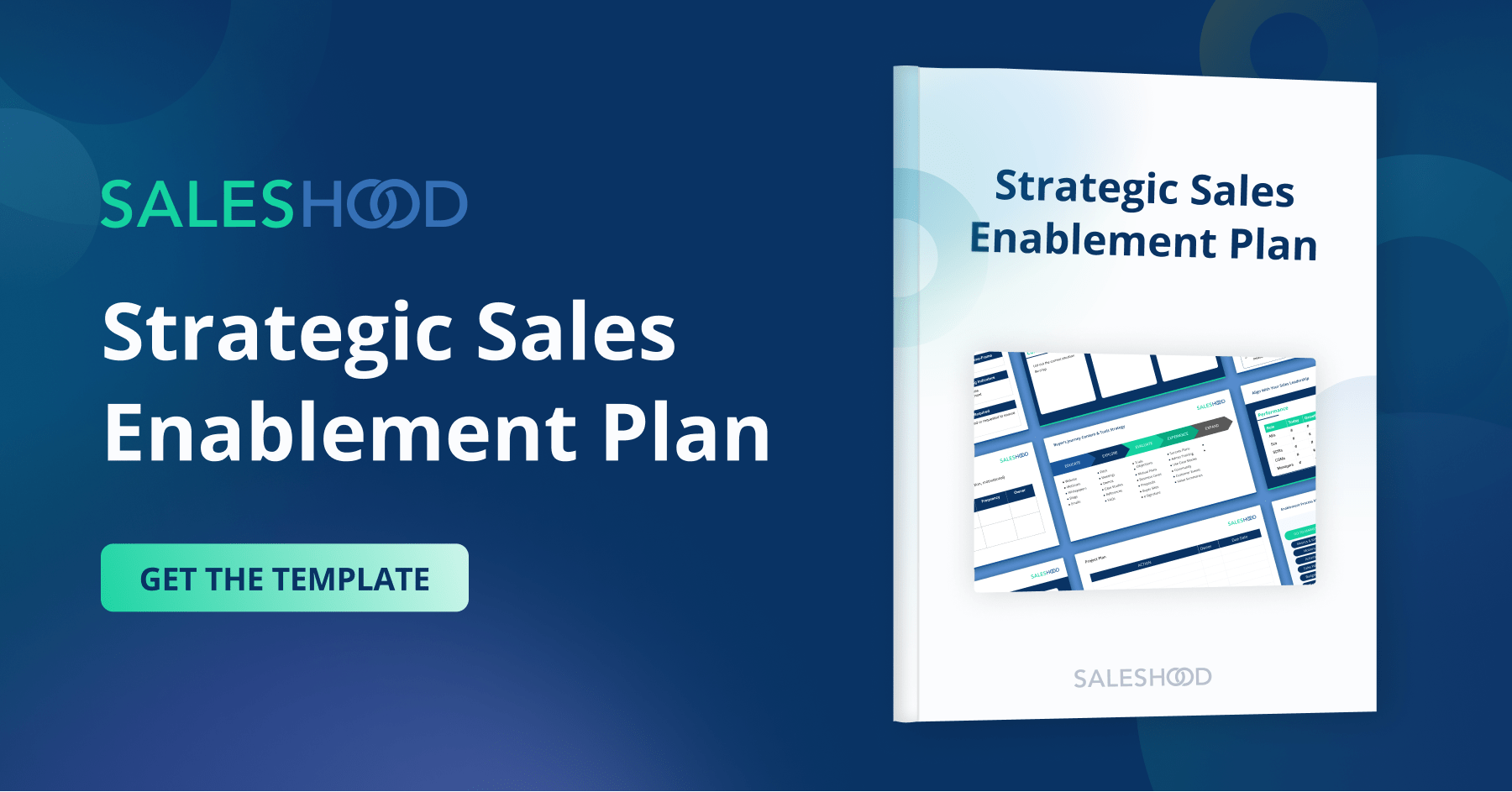Tell A Customer Story Like A TED Talk – I’m continuously inspired by TED’s mission to share ideas. TED has a book coming out on May 3 called: TED Talks: The Official TED Guide to Public Speaking where they share the secret sauce of giving a great TED talk. They also have a fresh video by Chris Anderson on how to give a TED talk. Chris does a great job describing the magic of sharing an idea and storytelling. Watch it here. As I watched the video, I thought to myself, how great would it be if we all told customer stories just like a TED talk? Chris talks about focusing on a central idea or problem and I see this same principle applying to customer storytelling and selling. Telling compelling customer stories is how executives build trust, engage in consultative conversations, and win more business. Compelling customer storytelling shortens sales cycles too. We all need to resist the urge to talk features and spend more time talking about business problems and quantifiable benefits. I know it works. I see it first hand everyday. The data proves it too. Salespeople who tell compelling customer stories close more deals, faster. How would you answer this question in a sales pursuit?
“Tell me a story of a company like mine that’s realized value from using your solution?”
The starting point to answering this question is having a relevant story that maps to what is top of mind to an executive. Then, match the story to the problem the executive wants to solve. We need to link the problem to the story we’re telling. Like a TED talk, answer the question, what’s the big idea you’re going to solve? Stay laser sharp focused on that idea. Once you’re anchored around one idea and problem, bring the executive into the story and have them visualize how you’ll solve that problem for them with a compelling customer story. In the spirit of “radical openness” (just like TED), here are our secrets to customer storytelling. Try them out and let us know how they work.
Lead With One Idea: Start by first sharing the benefits oriented outcome/punchline/idea. Focus on one problem and idea that you solved that can be quantified. Grab attention with facts that are grounded in benefits and ROI. Ask a question: How would this benefit impact your business? Confirm and validate before jumping into the customer story. Ensure we’re on the same page.
Then…. Give The Context: Dive into the challenges the company solved. Paint a picture of their state before you solved the problem. What was going on in their business? Focus on critical business issues. Establish credibility by sharing as much of the back-story as you can. Make it real. Make us understand the real business drivers.
Share The Journey: Be thorough and rich with examples when walking through the steps to success. Walk us through their journey. Instill confidence that everything will be okay and that you’ve done this before by sharing lessons learned. Be specific.
Deep Dive On Benefits: Restate the ROI benefits and personalize them by role. Avoid features and stay focused on benefits.
Close With An Engaging Question: I’m a believer in closing with one question to engage in a conversation. Here are a few you can choose from:
- What would happen to your business if you realized the same outcomes?
- What did you learn from the story that applies to your business?
- Who on your team would also be interested in this story?
And the last and final tip is to keep the customer short and to the point. Practice getting your story flow down to two to three minutes or less. Now it’s time to practice. On your next team huddle, have each person research a story and then tell each other a story in a round-robin fashion. Better yet, run a customer storytelling challenge and have your team record a customer story and review each other. Besides practicing customer storytelling, you’ll also build a great knowledge base of real customer stories and wins.
What would happen to your go-to-market and win rates if every person on your team told customer stories like a TED talk?



